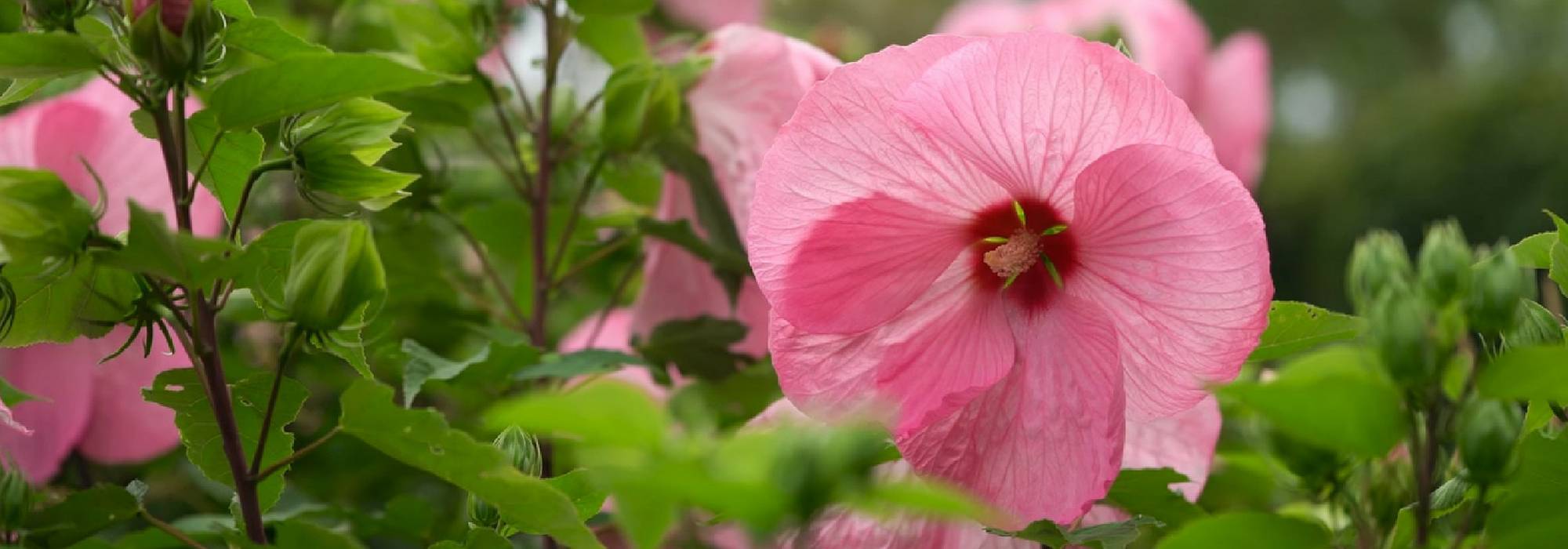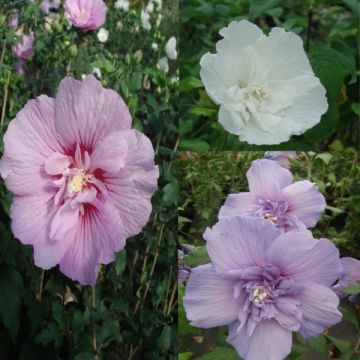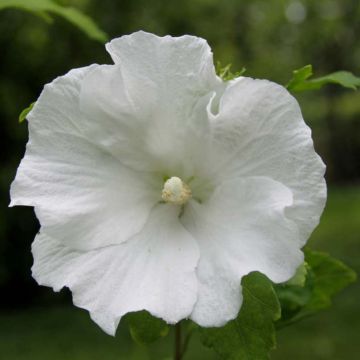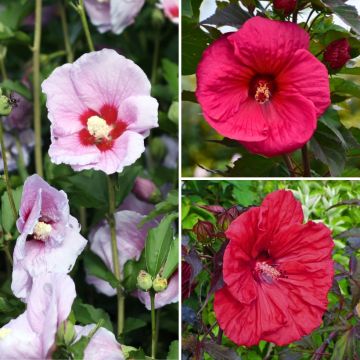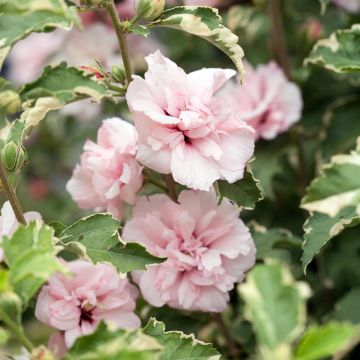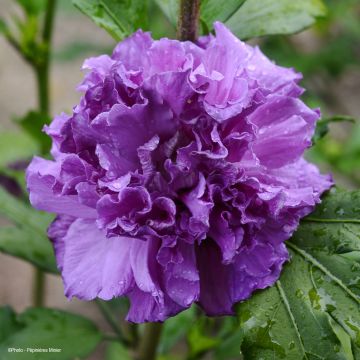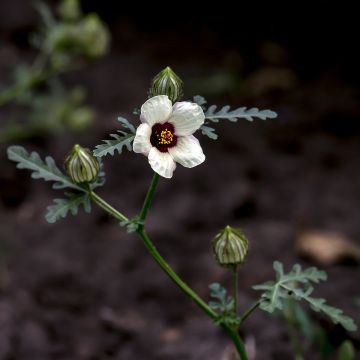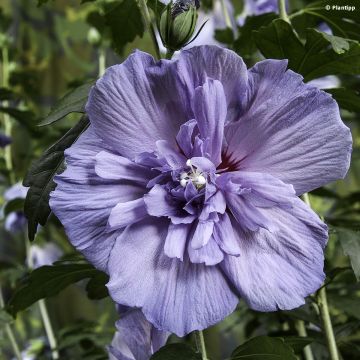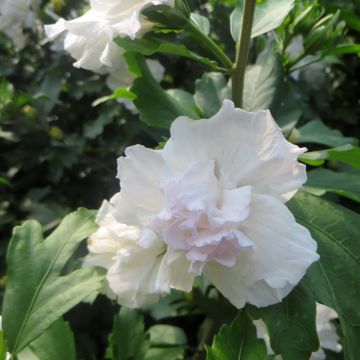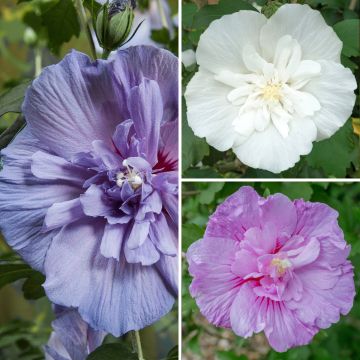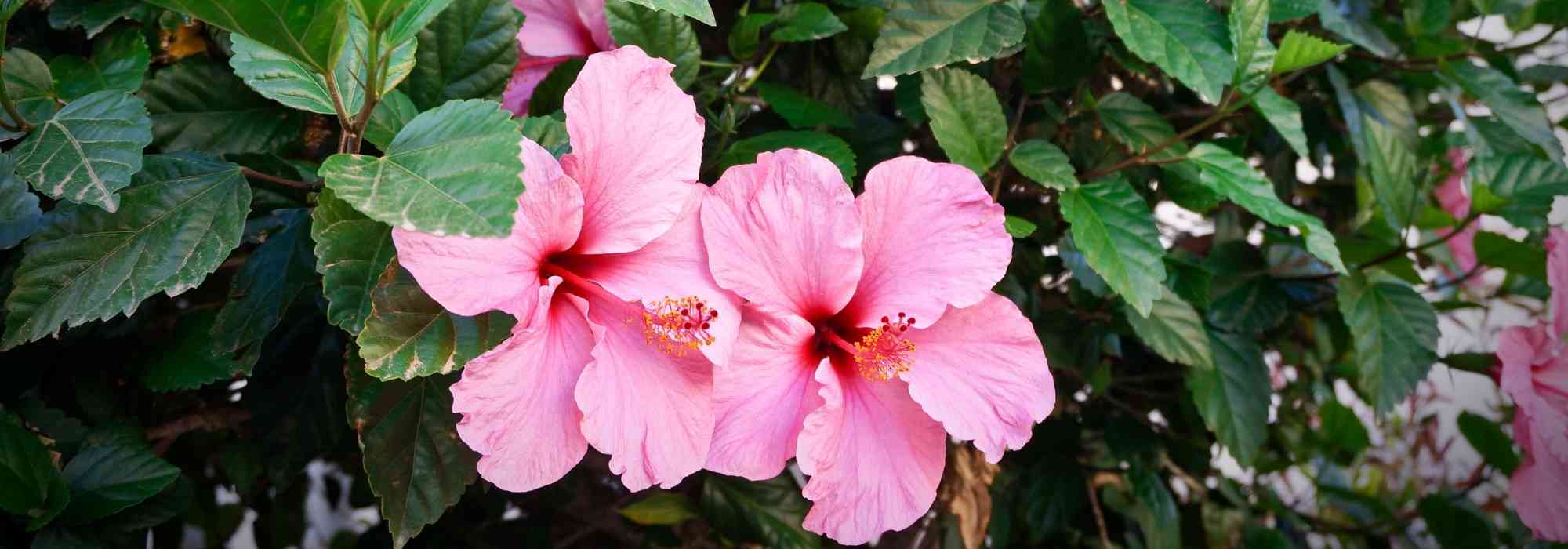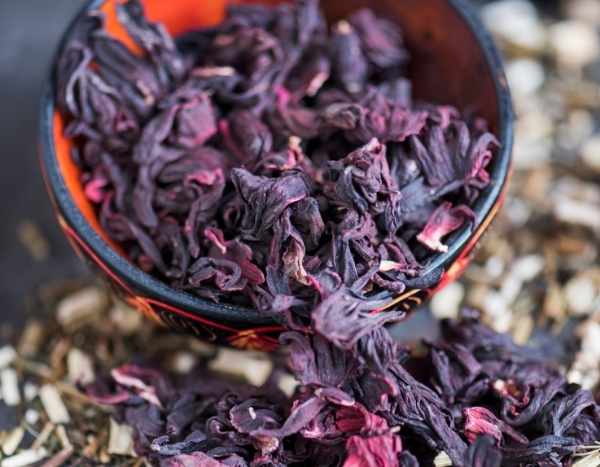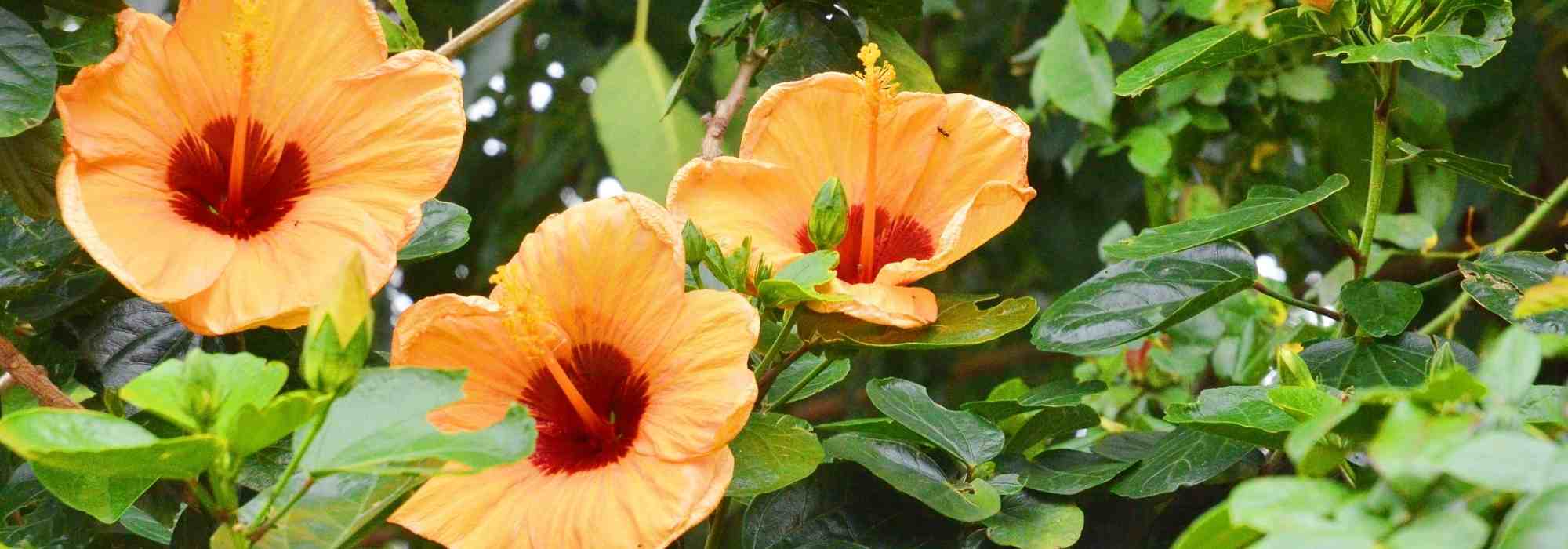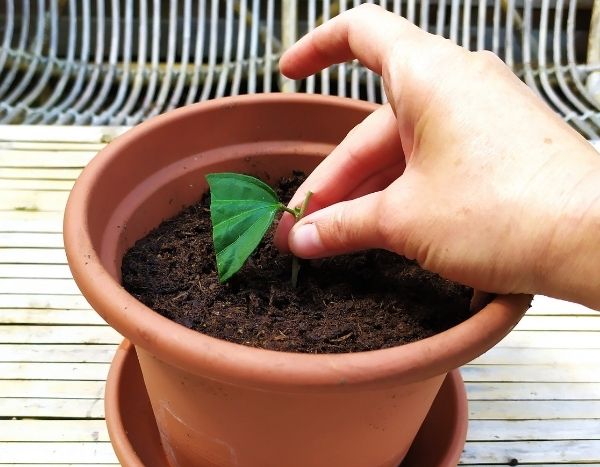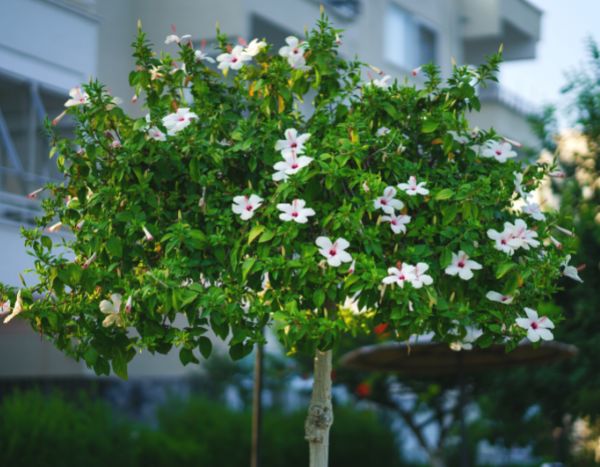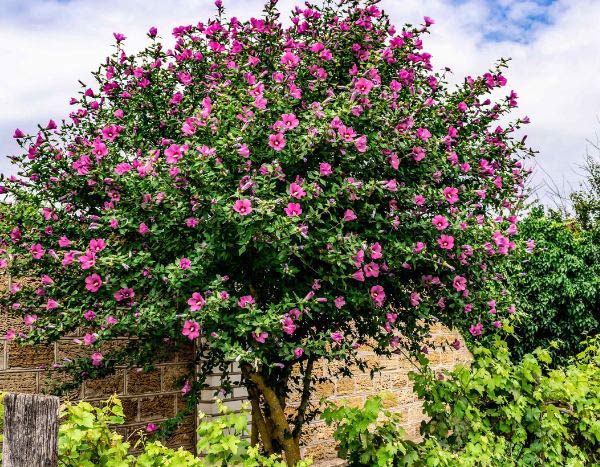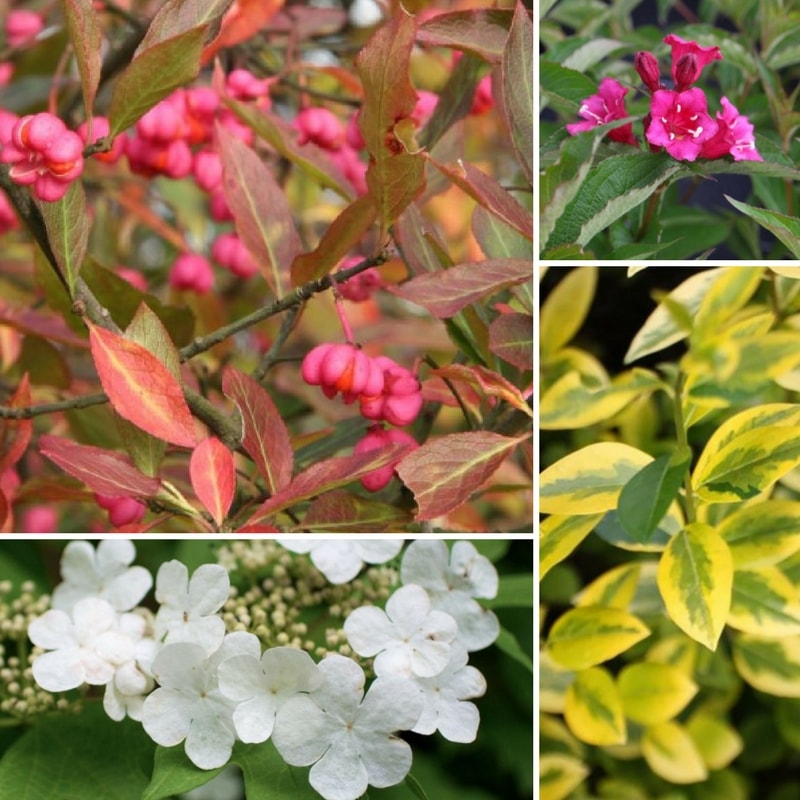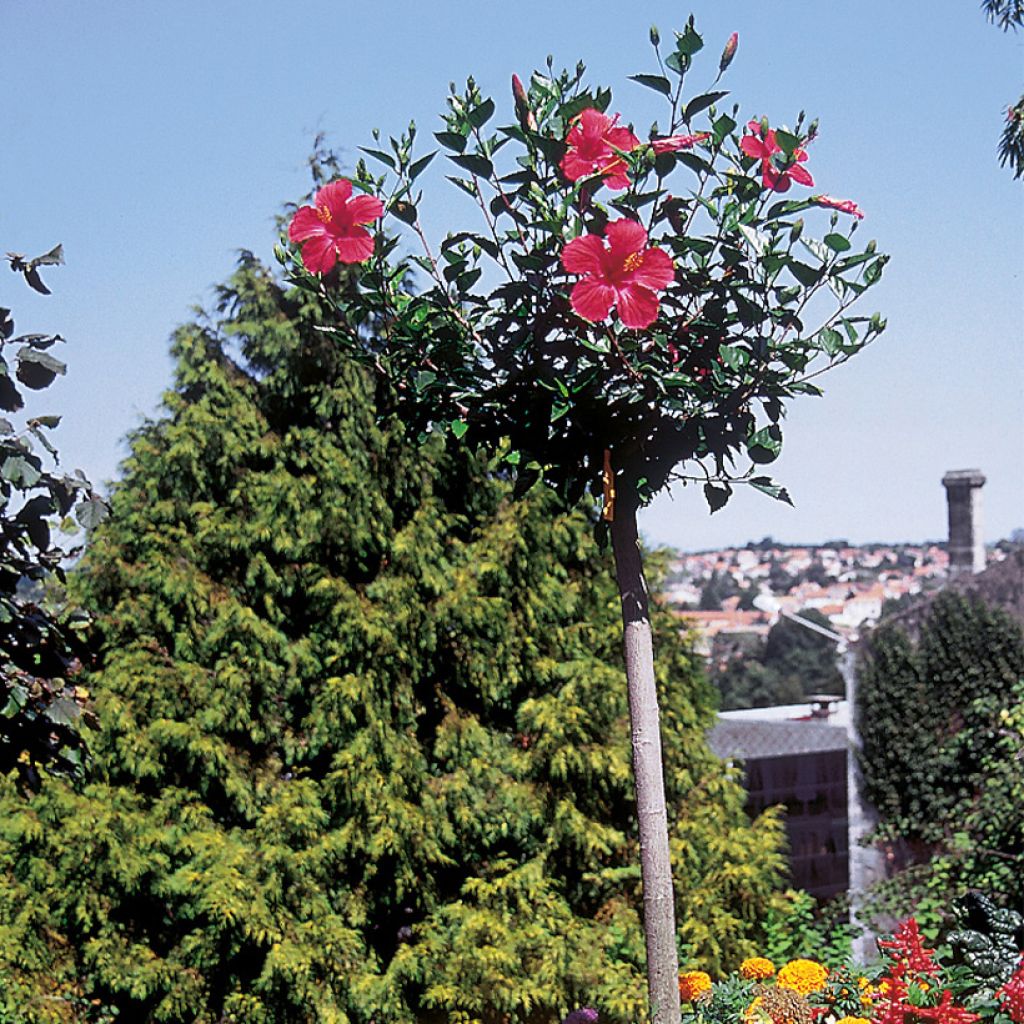

Hibiscus x rosa-sinensis Sunny Cities Premiere Red - Rose of china
Hibiscus x rosa-sinensis Sunny Cities Premiere Red - Rose of china
Hibiscus rosa-chinensis Sunny Cities® Premiere Red
Chinese hibiscus, China rose, Hawaian hibiscus, Malabar rose, rose of China
Special offer!
Receive a €20 voucher for any order over €90 (excluding delivery costs, credit notes, and plastic-free options)!
1- Add your favorite plants to your cart.
2- Once you have reached €90, confirm your order (you can even choose the delivery date!).
3- As soon as your order is shipped, you will receive an email containing your voucher code, valid for 3 months (90 days).
Your voucher is unique and can only be used once, for any order with a minimum value of €20, excluding delivery costs.
Can be combined with other current offers, non-divisible and non-refundable.
Home or relay delivery (depending on size and destination)
Schedule delivery date,
and select date in basket
This plant carries a 12 months recovery warranty
More information
We guarantee the quality of our plants for a full growing cycle, and will replace at our expense any plant that fails to recover under normal climatic and planting conditions.
Does this plant fit my garden?
Set up your Plantfit profile →
Description
Hibiscus Sunny Cities® 'Premiere Red' is a tender bush with intense, abundant and long-lasting red flowering. The result of rigorous selection, it combines elegance and vigour, while adapting well to warm climates. Its flowers open wide to enliven flowerbeds, terraces, and conservatories. This "Rose of China" offers renewed floral decoration for many months. Its bushy, well-structured habit makes it perfect for creating dense, colourful compositions.
The Hibiscus Sunny Cities® 'Premiere Red' belongs to the Malvaceae family. It is also known as Hibiscus rosa-sinensis Premiere Red® (SUNNY CITIES® series). This is a hybrid variety from the eponymous collection, developed in the Netherlands to meet the climatic demands of north-western and southern Europe. The 'Sunny Cities' varieties offer optimal performance in warm and Mediterranean climates. This tender bush, derived from Hibiscus rosa-sinensis species, is sensitive to cold, with a hardiness of around 1 to -1°C. It does not tolerate temperatures below 10°C, which causes it to lose its foliage and halt flowering. With an upright and vigorous habit, it reaches approximately 60 to 90 cm in height and width. The foliage is glossy, dark green. The leaves are single, alternate, and elongated, palmate and divided into 3 to 7 lobes. The bush retains its foliage in winter if sheltered indoors or in a greenhouse. The plant shows rapid growth as soon as temperatures are warm enough and produces multiple flower buds. These open into magnificent flat, 6 to 7 cm wide flowers with 5 free and regular petals. They bloom generously from mid to late summer.
Hibiscus Sunny Cities® Premiere Red thrives in full sun, in rich, fertile, and well-drained soil. This heat-loving plant performs particularly well in mild and Mediterranean climates, where it can express its full potential. It requires regular watering but dislikes excessive moisture around the roots. To support flowering, it is advisable to feed regularly and remove spent flowers to encourage new bud production. This hibiscus is ideal for pots on terraces or in gardens, where it draws attention with the intensity of its red flowers. You can pair it with intense blue annual sages like 'Victoria Blue', daylilies, or potted buddleias.
Hibiscus x rosa-sinensis Sunny Cities Premiere Red - Rose of china in pictures
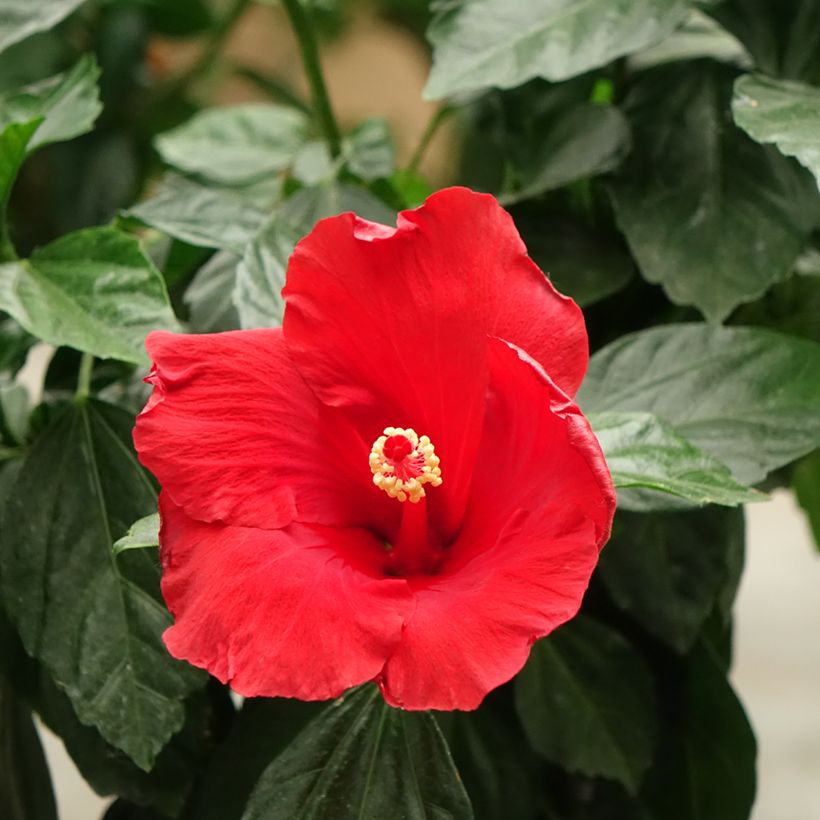

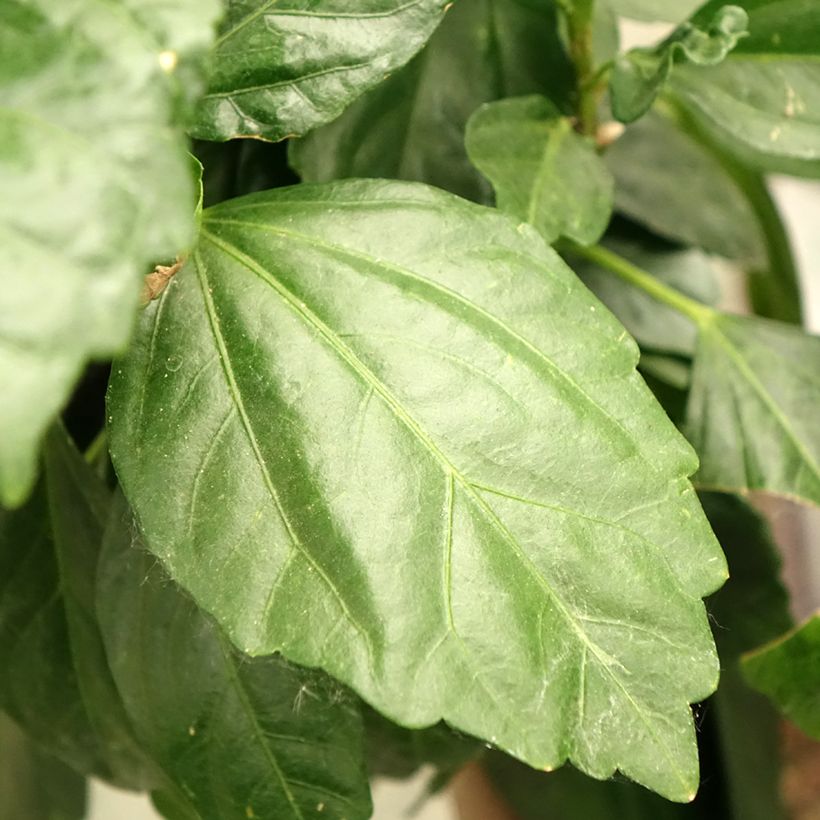

Flowering
Foliage
Plant habit
Botanical data
Hibiscus
rosa-chinensis
Sunny Cities® Premiere Red
Malvaceae
Chinese hibiscus, China rose, Hawaian hibiscus, Malabar rose, rose of China
Hibiscus rosa-chinensis Premiere Red® (SUNNY CITIES® series)
Cultivar or hybrid
Other Hibiscus
View all →Planting and care
Plant Hibiscus 'Premiere Red' in spring, in a sunny position, in well-drained, deep, loose, fertile soil that remains moist. Water generously after planting. Outside the mildest Mediterranean regions, it should be grown in pots so it can be overwintered frost-free, like a citrus plant.
In the ground, this hibiscus can adapt to various growing conditions, tolerating slightly dry to more moist soils, but it is most beautiful and floriferous in well-drained soil that stays moist in summer, rich in organic matter and regularly watered. Similarly, it tolerates a pH ranging from very acidic to relatively alkaline.
However, what the hibiscus must have to thrive is warmth and sunshine.
Planting period
Intended location
Care
Planting & care advice
This item has not been reviewed yet - be the first to leave a review about it.
Haven't found what you were looking for?
Hardiness is the lowest winter temperature a plant can endure without suffering serious damage or even dying. However, hardiness is affected by location (a sheltered area, such as a patio), protection (winter cover) and soil type (hardiness is improved by well-drained soil).

Photo Sharing Terms & Conditions
In order to encourage gardeners to interact and share their experiences, Promesse de fleurs offers various media enabling content to be uploaded onto its Site - in particular via the ‘Photo sharing’ module.
The User agrees to refrain from:
- Posting any content that is illegal, prejudicial, insulting, racist, inciteful to hatred, revisionist, contrary to public decency, that infringes on privacy or on the privacy rights of third parties, in particular the publicity rights of persons and goods, intellectual property rights, or the right to privacy.
- Submitting content on behalf of a third party;
- Impersonate the identity of a third party and/or publish any personal information about a third party;
In general, the User undertakes to refrain from any unethical behaviour.
All Content (in particular text, comments, files, images, photos, videos, creative works, etc.), which may be subject to property or intellectual property rights, image or other private rights, shall remain the property of the User, subject to the limited rights granted by the terms of the licence granted by Promesse de fleurs as stated below. Users are at liberty to publish or not to publish such Content on the Site, notably via the ‘Photo Sharing’ facility, and accept that this Content shall be made public and freely accessible, notably on the Internet.
Users further acknowledge, undertake to have ,and guarantee that they hold all necessary rights and permissions to publish such material on the Site, in particular with regard to the legislation in force pertaining to any privacy, property, intellectual property, image, or contractual rights, or rights of any other nature. By publishing such Content on the Site, Users acknowledge accepting full liability as publishers of the Content within the meaning of the law, and grant Promesse de fleurs, free of charge, an inclusive, worldwide licence for the said Content for the entire duration of its publication, including all reproduction, representation, up/downloading, displaying, performing, transmission, and storage rights.
Users also grant permission for their name to be linked to the Content and accept that this link may not always be made available.
By engaging in posting material, Users consent to their Content becoming automatically accessible on the Internet, in particular on other sites and/or blogs and/or web pages of the Promesse de fleurs site, including in particular social pages and the Promesse de fleurs catalogue.
Users may secure the removal of entrusted content free of charge by issuing a simple request via our contact form.
The flowering period indicated on our website applies to countries and regions located in USDA zone 8 (France, the United Kingdom, Ireland, the Netherlands, etc.)
It will vary according to where you live:
- In zones 9 to 10 (Italy, Spain, Greece, etc.), flowering will occur about 2 to 4 weeks earlier.
- In zones 6 to 7 (Germany, Poland, Slovenia, and lower mountainous regions), flowering will be delayed by 2 to 3 weeks.
- In zone 5 (Central Europe, Scandinavia), blooming will be delayed by 3 to 5 weeks.
In temperate climates, pruning of spring-flowering shrubs (forsythia, spireas, etc.) should be done just after flowering.
Pruning of summer-flowering shrubs (Indian Lilac, Perovskia, etc.) can be done in winter or spring.
In cold regions as well as with frost-sensitive plants, avoid pruning too early when severe frosts may still occur.
The planting period indicated on our website applies to countries and regions located in USDA zone 8 (France, United Kingdom, Ireland, Netherlands).
It will vary according to where you live:
- In Mediterranean zones (Marseille, Madrid, Milan, etc.), autumn and winter are the best planting periods.
- In continental zones (Strasbourg, Munich, Vienna, etc.), delay planting by 2 to 3 weeks in spring and bring it forward by 2 to 4 weeks in autumn.
- In mountainous regions (the Alps, Pyrenees, Carpathians, etc.), it is best to plant in late spring (May-June) or late summer (August-September).
The harvesting period indicated on our website applies to countries and regions in USDA zone 8 (France, England, Ireland, the Netherlands).
In colder areas (Scandinavia, Poland, Austria...) fruit and vegetable harvests are likely to be delayed by 3-4 weeks.
In warmer areas (Italy, Spain, Greece, etc.), harvesting will probably take place earlier, depending on weather conditions.
The sowing periods indicated on our website apply to countries and regions within USDA Zone 8 (France, UK, Ireland, Netherlands).
In colder areas (Scandinavia, Poland, Austria...), delay any outdoor sowing by 3-4 weeks, or sow under glass.
In warmer climes (Italy, Spain, Greece, etc.), bring outdoor sowing forward by a few weeks.






























